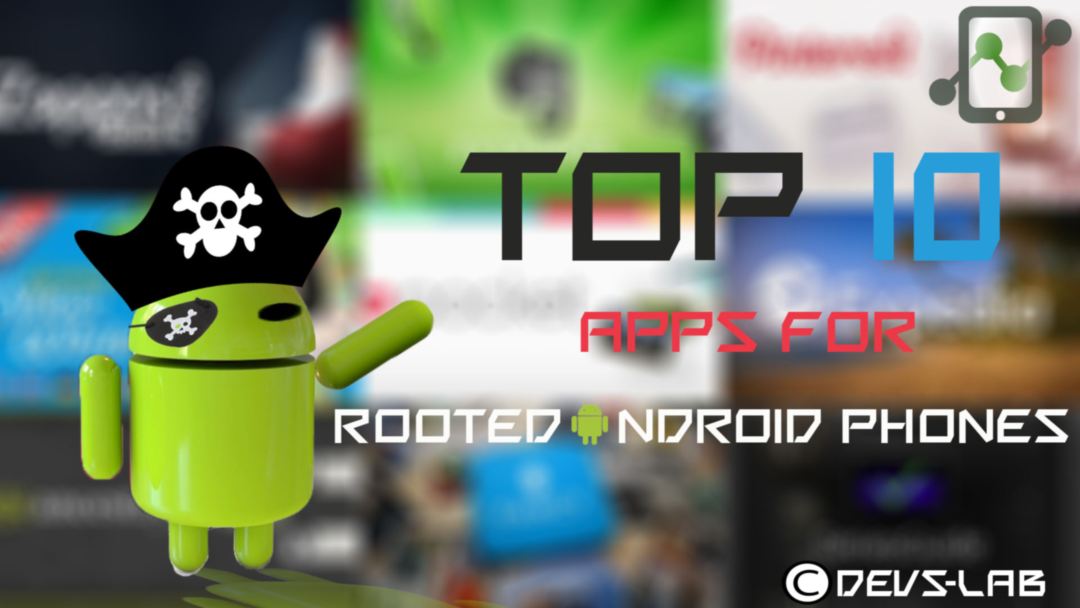
Fire TV is a little more complicated. You use your device’s native screen mirroring feature (on Android 4.2 or higher) to connect to Fire TV. This is similar to how it works on compatible smart TVs. Kindle Fire devices can mirror to Fire TV much more easily. It takes a little bit of searching around because the options are very numerous. Some TVs can do it and some TVs cannot. Any Android device over Android 4.2 can initiate screen mirroring with a supported TV or streaming stick. Most smart TVs and streaming sticks will work for this. It takes a little tinkering in your menu system, but it does work pretty well once you get it going. The best and easiest way to screen mirror is to use a cable. Unfortunately, this tech is getting harder and harder to find. Most Samsung and LG device still have it. Outside of those companies, it gets a little hit or miss.
Despite being a pioneer for USB Type-C and its native HDMI capabilities, Google Nexus and Pixel devices don’t have HDMI-out. It’s annoying. However, it’s usually pretty easy to figure out if devices have HDMI-out support via a quick Google Search. After that, you just have to get the right cable. Samsung devices usually use MHL while LG usually uses Slimport. Most other devices that support HDMI-out use one of the two of those protocols. HDMI-out has the advantage of being rock solid. You can use it offline, there is no worry about weird connection problems unless the cable breaks, and more. The cables can cost a pretty penny, but they usually last a while. With the right screen recording devices, you can even mirror to your computer very easily. This option definitely costs the most money, but it works really well. Koush’s Vysor and similar Chrome extensions work pretty well.
They allow you to mirror your device screen to your computer using Google Chrome. These methods generally work good enough for most use cases. Most of the extensions have instructions for use. Usually it doesn’t require a cable. At worst, it requires your usual charging cable. Thus, you usually don’t have to make any additional purchases. You can download Vysor by clicking here (on your computer). The app is available in Google Play. We would’ve included this one in the list above, but the main part of the process is on your PC as opposed to your device. There are other extension options as well. Play with a few and find the one that works with you. Thank you for reading! Here are some final app list recommendations for you! If we missed any screen mirroring apps and other methods, tell us about it in the comments! You can also click here to check out our latest Android app and game lists!
Whereas Skype and Hangouts seem like desktop legacy apps that have been awkwardly transitioned to mobile experiences, Viber was built from the ground up with your phone screen in mind. In 2013, they did introduce a desktop app as well, but the clear focus is still on mobile. The biggest weakness that Viber has in comparison with the other apps on this list is that it has no way of communicating with users outside of its service. Unlike other platforms that utilize SMS protocol, you can’t send messages to contacts who aren’t Viber users from within Viber. And where most people with Android devices have Google accounts by default for Hangouts, it’s not the case here. The service does boast 280 million users around the world, so it’s not just a niche thing. If you’re looking for a full service replacement for FaceTime for Android, and you have friends willing to jump ship, Tango (not to be confused with Google’s AR Project Tango) might be just what you’re looking for.
